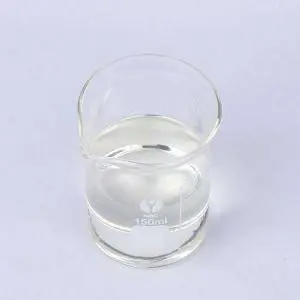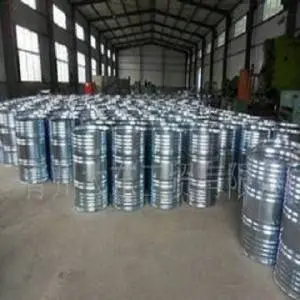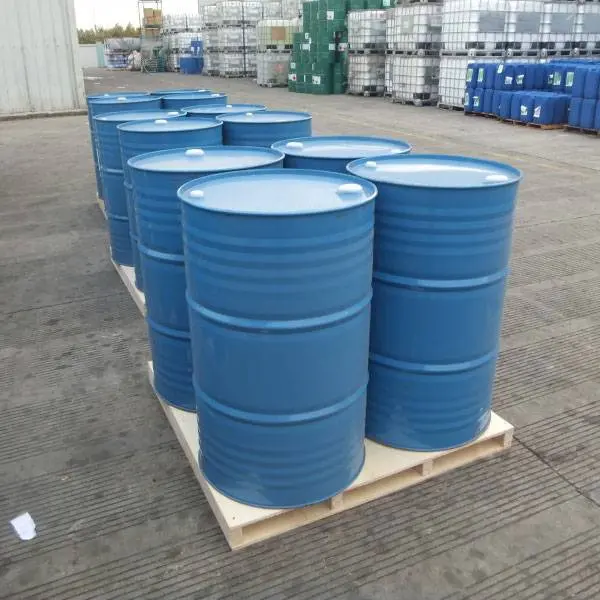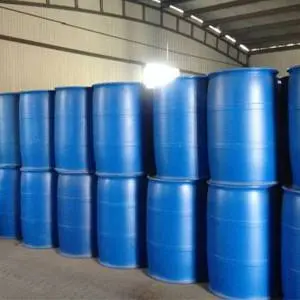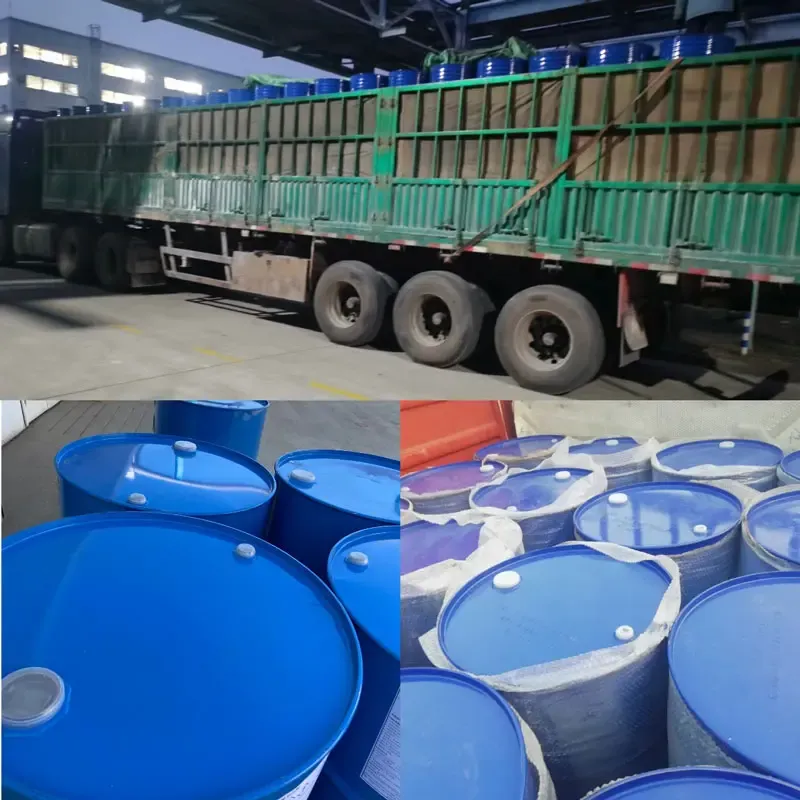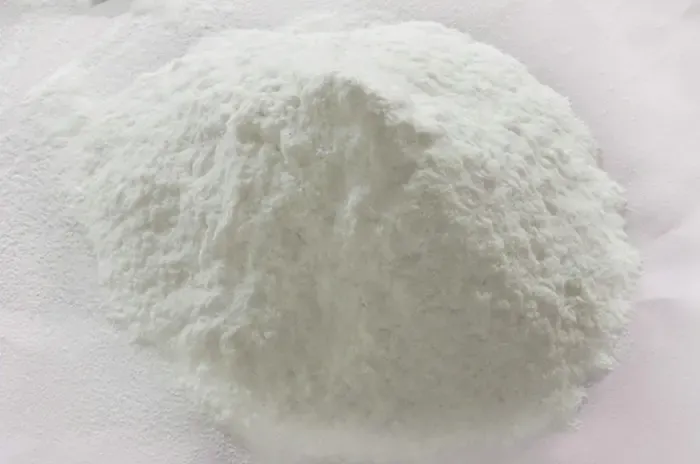1 2 Diaminobenzene: A Key Role in Organic Synthesis
In the vast world of organic chemistry, 1 2 Diaminobenzene, with its unique chemical structure and diverse chemical properties, has become an indispensable and important raw material in many organic synthesis reactions, playing a key role in many fields.

1 2 Diaminobenzene, The chemical formula is C ₆ H ₈ N ₂. From the molecular structure analysis, it is composed of a benzene ring and two adjacent amino groups
This special structure endows it with unique chemical activity. The conjugated system of the benzene ring provides a certain degree of stability for the molecule, while the introduction of two amino groups greatly changes the electron cloud distribution of the molecule, making it highly nucleophilic. The adjacent relationship between two amino groups and the benzene ring further affects the reaction selectivity of the molecule, providing possibilities for various complex chemical reactions.
From the perspective of physical and chemical properties, 12 Diaminobenzene appears as a colorless monoclinic crystal at room temperature, but its color gradually darkens under the influence of air and sunlight
The melting point of 1 4 diaminobenzene is in the range of 102-104 ℃, and the boiling point is in the range of 252-258 ℃. It is slightly soluble in cold water, but easily soluble in organic solvents such as ethanol, ether, chloroform, etc. In terms of chemical properties, due to the presence of amino groups, it has alkalinity and can react with acids to form corresponding salts; Meanwhile, the active hydrogen of the amino group allows it to participate in various substitution reactions, such as reacting with acyl chlorides to form amides. Moreover, due to the mutual influence of the benzene ring and amino group, it can undergo some special cyclization reactions to construct various heterocyclic compounds.
The methods for preparing 1 2 Diaminobenzene are diverse and abundant
The commonly used method in industry is to produce ortho nitroaniline through catalytic hydrogenation reduction. In this process, a suitable catalyst is the key to the reaction. Commonly used catalysts include palladium carbon, Raney nickel, etc. Under a hydrogen atmosphere, nitro groups are reduced to amino groups to obtain the target product. In addition, it can also be prepared by electrophilic substitution reaction of benzene ring, introducing two nitro groups first, and then reducing the nitro groups to amino groups. However, this method is relatively cumbersome and requires stricter control of reaction conditions.
Diaminobenzene has a wide range of applications in various fields
In the dye industry, 1 3 diaminobenzene is an important intermediate for the synthesis of various azo dyes and reactive dyes. By coupling reactions with different diazonium salts, brightly colored and colorfast dyes can be prepared, which are used in dyeing processes in industries such as textiles and leather. In the field of medicine, it can be used as a raw material for synthesizing drugs and constructing molecular structures with specific biological activities, such as the synthesis of some antibacterial and anticancer drugs. In terms of materials science, it can participate in the synthesis of high-performance polymer materials, such as polyimide, which have excellent heat resistance and mechanical properties and are widely used in high-end fields such as aerospace and electronics.
When using 1 2 Diaminobenzene, it is necessary to attach great importance to safety issues
CAS 95 54 5 has certain toxicity, and inhalation, ingestion, or absorption through the skin may cause harm to the body, with irritating effects on the eyes, mucous membranes, and respiratory tract. During the operation, it is necessary to take protective measures, wear protective gloves, goggles, and gas masks, and ensure good ventilation in the working environment. When storing, it should be placed in a cool and ventilated warehouse, away from fire and heat sources, and avoid contact with strong oxidants, acids, and other substances to prevent dangerous reactions.
Diaminobenzene uses play a crucial role in organic synthesis and related industries due to their unique molecular structure, rich physicochemical properties, diverse preparation pathways, and wide range of applications. With the continuous advancement of technology, it will play a greater role in more fields and continue to contribute to the development of related industries. But while utilizing it, we must also always keep in mind safety guidelines to ensure that it serves human society safely and efficiently.
1 2 Diaminobenzene FAQs
What are the main physical properties of Diaminobenzene?
1 2 Diaminobenzene is a white to light gray crystalline solid with a weak amine odor. Its melting point is 102-104 ° C, boiling point is 256-258 ° C, and relative density is about 1.03. This compound is soluble in polar solvents such as water, ethanol, and ether, but has lower solubility in non-polar solvents. Due to the presence of two amino groups in its molecular structure, it has a certain alkalinity and reducibility, and is easily oxidized in air. Therefore, it usually needs to be stored in a dark sealed environment.
What are the main uses of Diaminobenzene in industry?
1 2 Diaminobenzene is an important organic intermediate widely used in the synthesis of dyes, pharmaceuticals, and polymers. In the dye industry, it is a key raw material for synthesizing benzimidazole dyes and azo dyes. In the field of medicine, it can be used to prepare antifungal and antiparasitic drugs. In addition, it can also be used as a curing agent for epoxy resin, a rubber additive, and a monomer for certain special polymer materials, with high industrial value.
What are the synthesis methods of 1 2 Diaminobenzene?
The synthesis of 1 2 Diaminobenzene is mainly achieved through the reduction reaction of ortho dinitrobenzene. Common reducing agents include iron powder and hydrochloric acid, hydrogen gas (catalytic hydrogenation), or sodium sulfide. Among them, catalytic hydrogenation has become the mainstream process due to its environmental friendliness and high efficiency, using palladium or nickel catalysts to react under mild conditions. In addition, it can also be further reduced by ortho nitroaniline, but this method is costly and less commonly used in industry.
What are the potential hazards of Diaminobenzene to the human body?
1 2 Diaminobenzene has certain toxicity and irritability, and contact with the skin or eyes may cause inflammation or allergic reactions. Inhaling its dust or vapor can irritate the respiratory tract, and long-term exposure may damage the liver and blood system. Experiments have shown that the substance may have mutagenicity, so protective gloves, goggles, and gas masks should be worn during operation. When storing, it should be kept away from oxidants and strong acids to avoid dangerous reactions.
How to securely store and handle 1 2 Diaminobenzene?
Diaminobenzene should be stored in a cool, dry, well ventilated environment, away from direct sunlight and high temperatures. The container must be sealed and stored separately from oxidants and strong acids. When disposing of waste, it is necessary to follow the chemical waste management regulations, which can be incinerated or handed over to professional institutions for disposal. A small amount of leakage can be cleaned up after adsorption with sand, while a large amount of leakage requires evacuation of personnel and wearing protective equipment for control. Thoroughly clean the contact area after use to ensure safe operation.
Post time: Sep . 23, 2025 10:21





